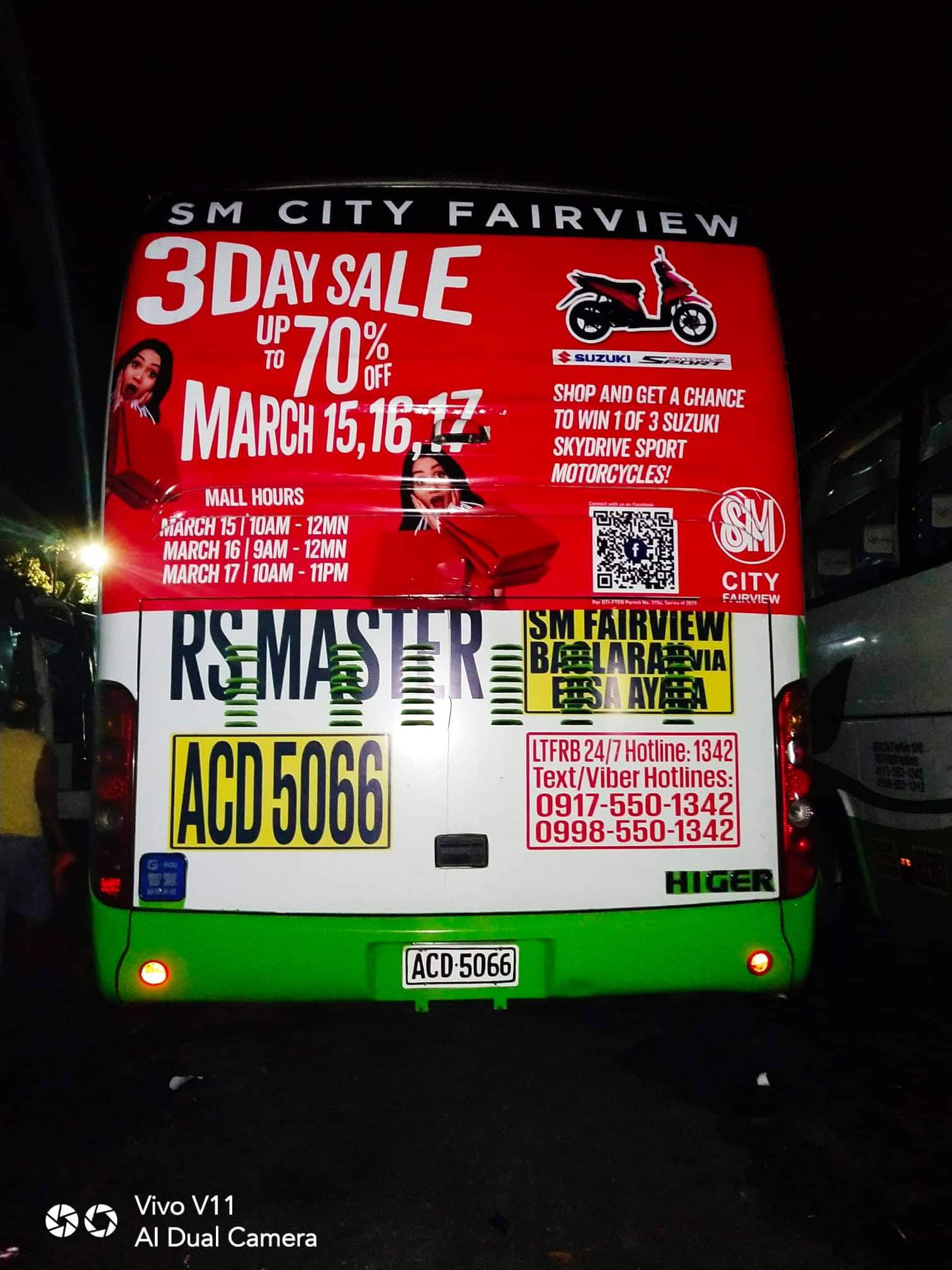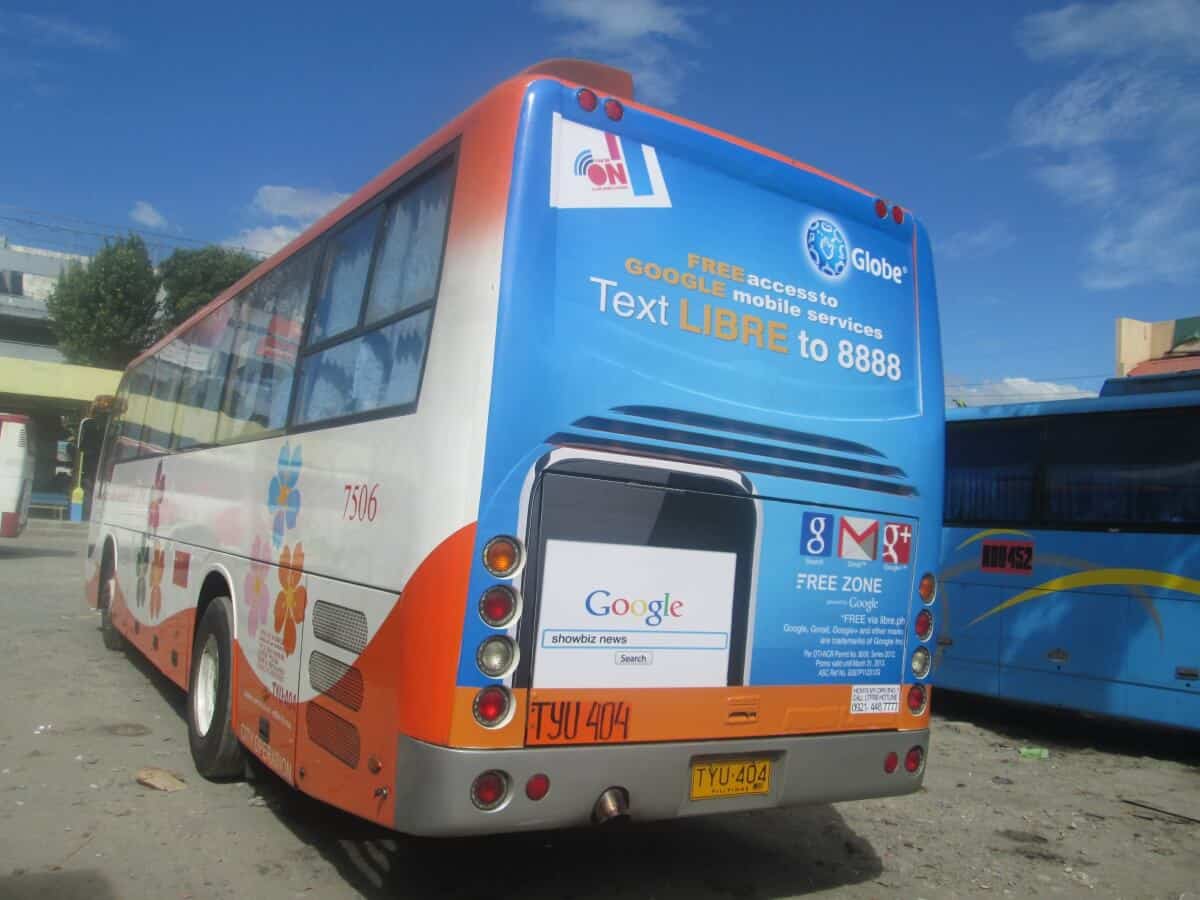Economical Transit Advertising Philippines for Brand Understanding
Economical Transit Advertising Philippines for Brand Understanding
Blog Article
Just How Transportation Marketing Can Change Mass Transit Spaces Into Dynamic Advertising Platforms
Transportation advertising and marketing holds substantial capacity to redefine public transportation areas right into lively advertising platforms that engage and educate. As we discover the complex benefits and progressing methods of transit advertising and marketing, it elevates the concern of exactly how this transformation might redefine our communications with both brands and the city atmosphere.
Benefits of Transit Advertising And Marketing

Furthermore, transit advertising is very cost-efficient contrasted to standard media. It allows marketers to accomplish high perceptions at lower expenses, making best use of roi. The restricted audience of travelers gives a chance for brand names to convey their messages to individuals who are frequently receptive during their traveling times.
Additionally, the dynamic nature of transportation advertising and marketing permits campaigns to be updated frequently, making sure that messaging stays pertinent and prompt. This flexibility can be crucial in reacting to market patterns or marketing occasions, maintaining the brand top-of-mind for customers. Finally, the prevalent presence of transportation advertising contributes to brand name recall; duplicated exposure within familiar traveling contexts reinforces brand awareness and promotes customer commitment, inevitably driving sales and boosting brand online reputation.
Sorts Of Transit Marketing
Public transport systems supply different styles for advertising, each catering to various advertising methods and target market interaction approaches. One prominent type is exterior bus and train wraps, which cover the entire lorry and create a mobile billboard result, permitting high presence in metropolitan atmospheres. These wraps can record attention as they go across busy roads, reaching a diverse audience.
An additional popular layout is indoor advertising and marketing, which consists of posters, electronic screens, and ads on transportation seats. These placements involve guests during their journey, enhancing brand messaging in a restricted space. Digital presents, in specific, offer the benefit of dynamic material, making it possible for marketers to update messages in real-time.
Terminal advertising is additionally significant, including posters, banners, and interactive kiosks within transportation stations. These ads utilize foot traffic and can target certain demographics based on location.
Finally, advertising partnerships with transit authorities can lead to one-of-a-kind campaigns, such as themed transit experiences or occasions, improving the general engagement with travelers. Each kind of transit marketing supplies distinct benefits, enabling brands to customize their strategy to successfully reach their target market within the general public transportation environment.
Engaging Commuters Efficiently
Travelers are progressively inundated with marketing messages throughout their everyday trips, making it essential for brands to engage them in cutting-edge means. To capture interest in this congested area, advertisers need to prioritize creativity and significance. Using attractive visuals and succinct messaging can dramatically boost the possibility of involvement.
Interactive components, such as QR codes or increased fact functions, can likewise change static advertisements right into immersive experiences, fostering a much deeper connection with the target market. Brands ought to focus on addressing commuters' requirements my sources and passions, customizing messages to resonate with their way of living, whether with promotions for local businesses or solutions designed to improve their travelling experience.
Furthermore, timing plays a critical duty; tactically placing advertisements during optimal commuting hours can optimize presence and effect. Involving commuters effectively also entails leveraging social media sites integration, enabling travelers to share their promos or experiences straight from transportation systems, therefore magnifying brand name reach.
Basically, reliable engagement rests on recognizing the commuter journey and producing compelling, interactive, and relevant marketing experiences that not only capture interest yet also drive activity and commitment. By doing so, brands can change public transport right into a vibrant advertising and marketing system that reverberates with its audience.

Measuring Advertising And Marketing Influence
Exactly how can brand names properly examine the effectiveness of their marketing campaign en route environments? Gauging the influence of transit advertising and marketing calls for a multifaceted strategy that integrates measurable and qualitative metrics. One common method is tracking interaction via mobile analytics, where brand names can evaluate foot website traffic patterns and application interactions previously, during, and after campaigns.
Studies can give valuable understandings right into brand name recall and customer belief, allowing brands to determine just how well their messages reverberate with travelers. Furthermore, keeping track of social media interaction pertaining to specific campaigns can disclose shifts in public understanding and brand conversation.
Additionally, teaming up with transit firms can boost dimension accuracy, as they commonly possess comprehensive market information on ridership trends. By integrating these approaches, brands can create an extensive understanding of their advertising performance, guaranteeing that their campaigns not only reach however additionally influence their target audiences efficiently.
Future Fads en route Marketing
A considerable shift is expected in transit marketing as technological advancements and altering consumer habits reshape the landscape. Transit Advertising Philippines. The combination of interactive media and electronic displays is anticipated to boost engagement, permitting brand names to provide dynamic material that reverberates with diverse audiences. As mass transit systems accept wise technology, advertisers will leverage real-time information analytics to customize messages based upon guest demographics and habits
Moreover, increased fact (AR) is poised to change the means commuters connect with promotions. By supplying immersive find more info experiences, AR can transform a mundane trip right into an interesting story that captures focus and fosters brand loyalty. This technology will likely encourage look at this now marketers to develop even more experiential projects that drive customer communication.
Sustainability is an additional vital pattern affecting transit advertising and marketing. As environmental awareness grows, brands will progressively look for to straighten with green techniques, making use of sustainable products and advertising environment-friendly initiatives within their campaigns.
Final Thought
In final thought, transit advertising uses considerable advantages by enhancing brand presence and involving a captive audience. Through various layouts, such as exterior covers and electronic screens, it changes public transportation into a vivid advertising platform. Effective engagement techniques and durable measurement methods better amplify its effect. As trends advance, the capacity for cutting-edge communications between brand names and commuters is poised to expand, making certain that transit advertising stays an important part of contemporary advertising techniques.
Transportation marketing holds significant potential to redefine public transport rooms into dynamic advertising platforms that involve and educate. The prevalent visibility of transportation marketing adds to brand name recall; repeated exposure within familiar traveling contexts enhances brand name recognition and promotes consumer loyalty, inevitably driving sales and improving brand reputation.
Exactly how can brands accurately analyze the efficiency of their marketing projects in transit atmospheres?In conclusion, transportation advertising provides substantial advantages by improving brand visibility and involving a captive audience. Transit Advertising Philippines. As patterns progress, the capacity for cutting-edge interactions in between commuters and brands is positioned to grow, making certain that transportation marketing continues to be a vital component of contemporary advertising approaches
Report this page